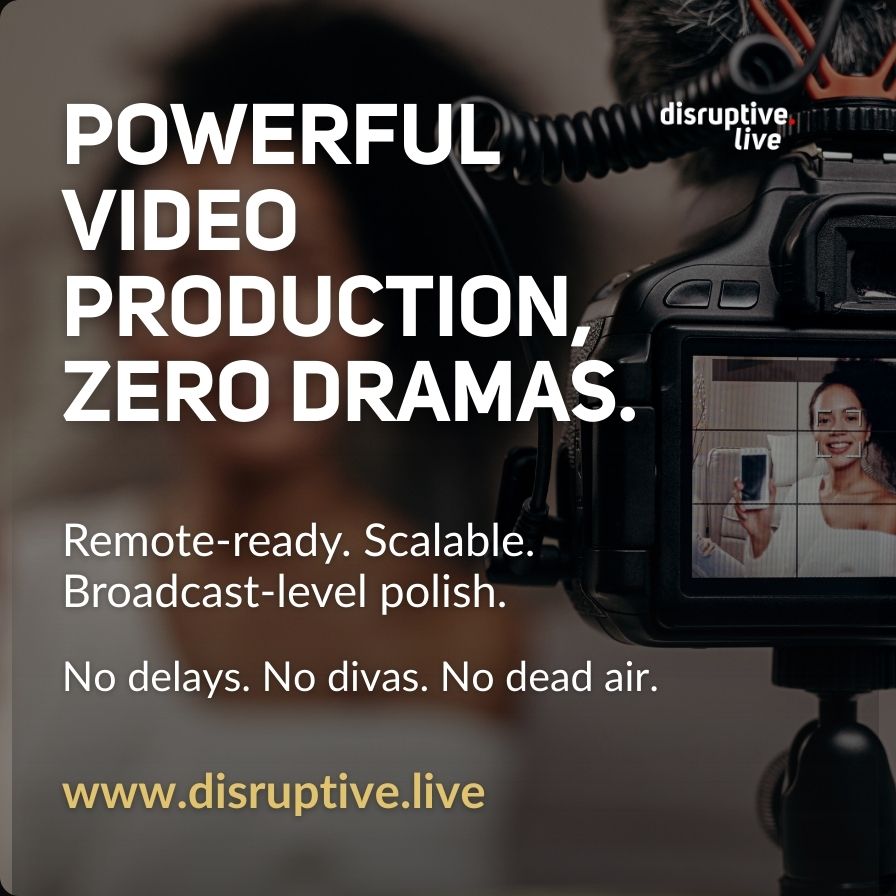Understanding the precise triggers that compel customers to buy is complex. Technology, from apps to bots, is making it easier to connect with and respond to consumers, but building loyalty and motivating purchase, ultimately requires a strategy that blends left-brain science and right-brain emotional intelligence.
What’s the difference between right- and left-brain function
The left part of the brain powers analytical thought. It is more linear in its approach. As a result, the typical left-brained buyer makes purchasing decisions based on hard facts, data, empirical proof or historical factors. The right-brained buyer on the other hand, values creativity and relationship building, as the right side of the brain affects the imagination and emotions. These types of consumer go with their guts and act on intuition.
[easy-tweet tweet=”The left part of the brain powers analytical thought.” hashtags=”tech, IoT”]
So, how can brands create a customer experience that appeals to both sides?
Three tips for marketing to the logical left brain:
- Be a realist: Emphasise the practicality of your product or service and explain the tangible impact at key points in the purchasing journey
- Prove your point with data: Lead with facts and relevant information and you’ll make the strongest case to compel action e.g. highlighting case studies and new customer savings will demonstrate exactly what the consumer stands to gain.
- A/B test the results: Like a scientist in the lab, always adjust your experiment based on results and tailor marketing to what’s proven to resonate with your customers.
Three tips for marketing to the emotional right brain:
- Have a vision for a better world: Right brainers respond to holistic, altruistic, and more personal approaches. These customers aren’t loyal to companies; they’re loyal to ethos, values and belief systems.
- Develop your “brand personality”: You need to know who you are before your customers do. And then you need to act consistently and congruently in line with your aims and ideals.
- Be human: Technology (like bots) can guide the left-brained buyer along a logical path toward purchase. It can also empower customer care agents giving them the insights that lead to a better, personalised experience. These agents can see what’s worked or not in the past and tailor their conversation to their customers’ preferences.
The complex psychology behind loyal consumers
Whether your customers are left brained or right brained, a strong customer experience appeals to both, as it combines a smooth, sequential series of stages while also having to rely on correct emotional engagement.
However, research has shown that it’s the emotional connection that keeps consumers coming back time and time again. Therefore brands need to identify what their emotional motivators are and make sure these are conveyed in their messaging strategy, and every time they connect with their customer so they can appeal to their instincts and intuition.
Although we may like to think of ourselves as rational beings, emotion is intrinsically linked to decision-making. With this in mind, marketers need to pair the data-supported value-add of their product or service to how the consumer feels about it. Achieve this, and you create a loyal customer for the long term.
Christie is the EMEA Marketing Manager at LivePerson. She is focused on customer engagement, business success and brand loyalty in today's mobile-first market.
Prior to her role at LivePerson, Christie was Managing Director of EMEA Marketing at the Davies Murphy Group, responsible for marketing communications programs at high tech companies including strategic planning, field marketing, events, customer retention campaigns and design using direct and indirect tools of all shapes and sizes.



